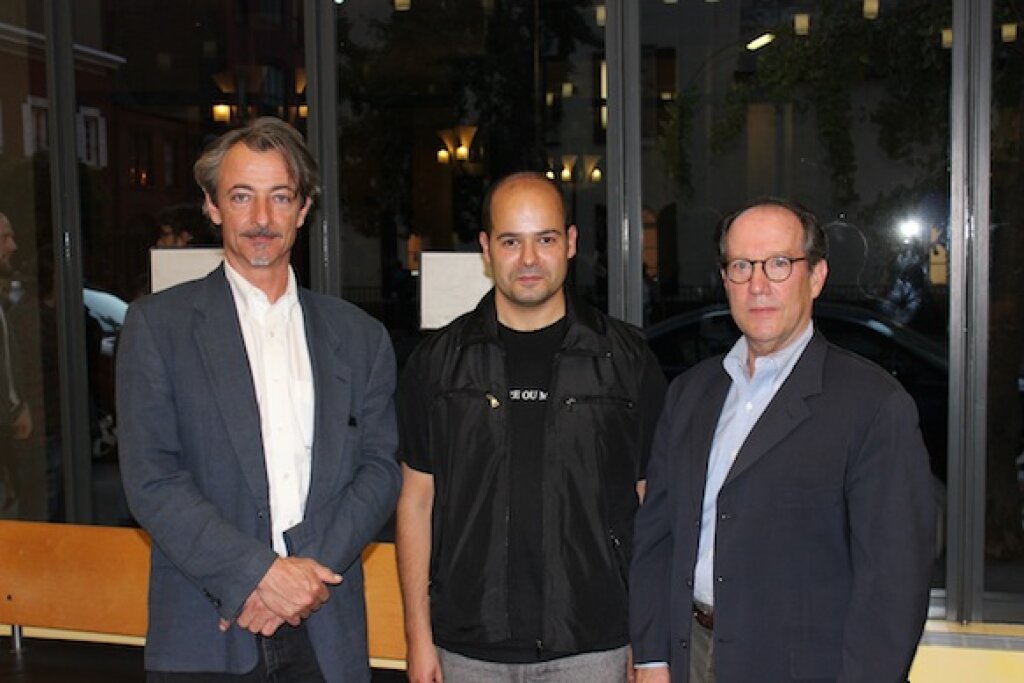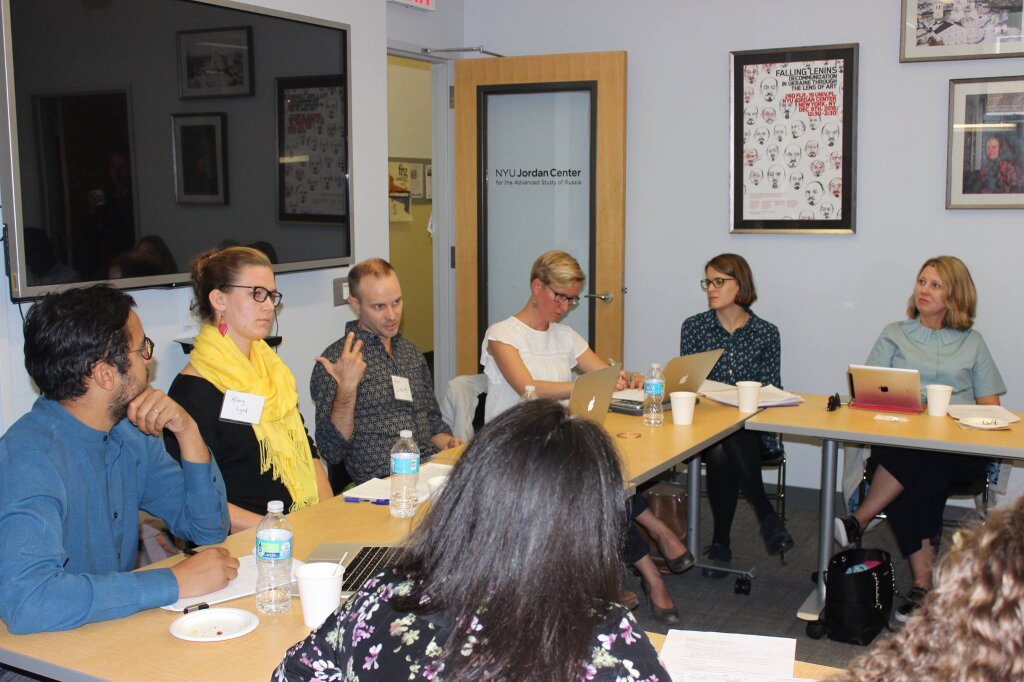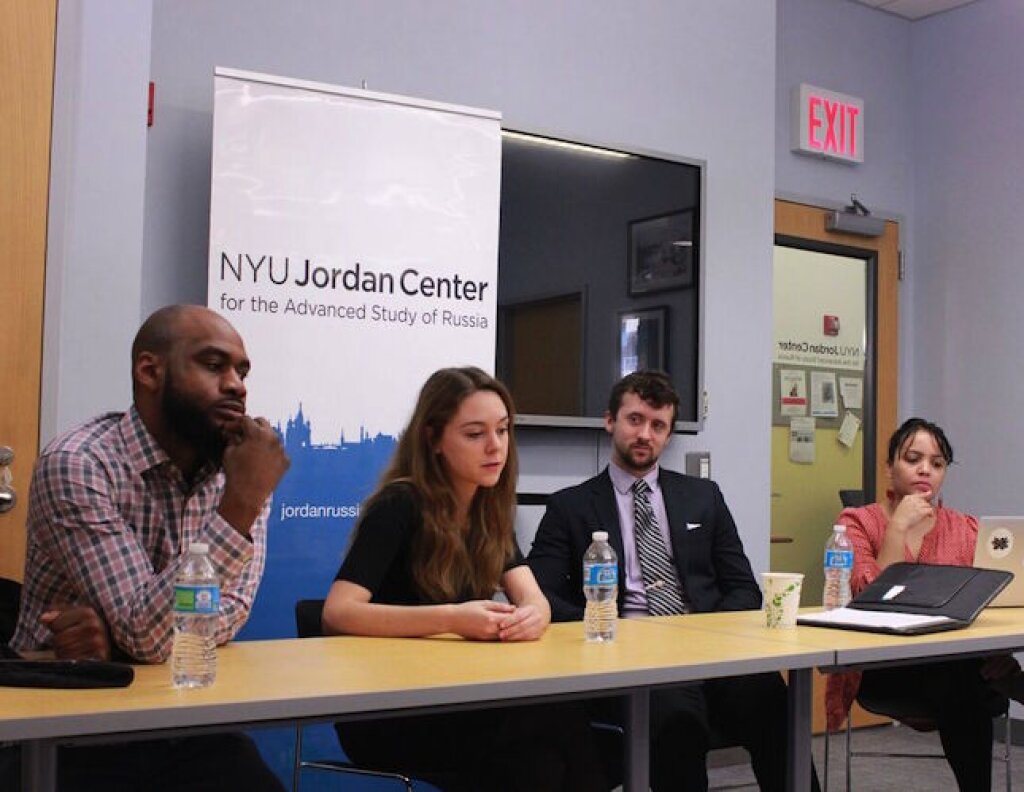Watch the video of the event here
September 19th, 2013 the Jordan Center and NYU’s Program in Museum Studies welcomed guest lecturer Ilya Budraitskis to speak about Presnya a branch of the State Central Museum of Contemporary History of Russia, dedicated to this history of revolutionary movements, located in Moscow. Budraitskis is a well-known political activist and spokesperson for the Russian Socialist Movement, but he is also an acting curator of this unique museum.
Presnya occupies a rather interesting position in Russia, which is currently experiencing a “crisis of history,” as Budraitskis described it. Whereas most museums in Russia abide by a state-approved narrative of neutrality regarding the pre-revolutionary monarchy, conveying what Budraitskis characterized as a neoliberal rhetoric of compromise, Presnya eschews this standard. Early Soviet revolutionary museums rejected this position of compromise. In its initial conception as a museum dedicated to the Bolshevik Revolution, Presnya was no exception—the subject matter and exhibitions openly acknowledged class struggle. Budraitskis’ mission as a curator at Presnya, he said, “is to reactive the museum and bring back its original political meaning.”
It certainly appears as though Budraitskis’ efforts have been successful. In fact, the number of visitors has almost doubled since last year. Presnya’s exhibitions under his curatorial tenure have focused on highly politicized subject matter and occupy a position far left of neutral. For example this past year included 3 Days in October, which examined the events of 1993 in observance of the 20-year anniversary of the coup. The exhibition included historical artifacts and documents, as well as works by young contemporary artists depicting the events.
Budraitskis elaborated on the contemporary political situation and the role his curatorial mission at Presnya plays in the larger socio-political dialogue. He argued that Russian history has at least three competing identities, having experienced several instances of distinct ideological breaks, and regime dissolution and reconstruction throughout the 20th century—from monarchy, to socialism, and on into the contemporary situation, which Budraitskis characterized as “managed democracy.” These conflicting identities must nevertheless coexist in order to represent historical continuity and explain how the Russian state, in its current form, came to be. Not only does this result in challenging rhetorical territory for the state to navigate, but this conflict also presents a complication to Russian identity formation.
Budraitskis explained apolitical tendencies amongst Russians (take for example Putin’s preferred ideology of “pragmatic conservatism”) as a result of this identity confusion. With so many competing historical narratives, Russians fear choosing “the wrong” identity, preferring instead to opt out of the system entirely.
This “crisis of history” is also apparent in Russian museums, which Budraitskis characterized as ideological apparatuses of the state. Though Presnya is a State-funded museum, the museum has still maintained the ability to depict a history outside of the official rhetoric of compromise. Though, he admitted with a laugh, “I feel the smell of conflict in every moment of activity in this museum.”



